Page 185 of 244

Groove
means the space between two adjacent tread
ribs.
Load rating (code)
means the maximum load that a tire is rated
to carry for a given inflation pressure. You
may not find this information on all tires be
cause it is no t req uired by law.
Maximum load rating
means the load rating for a t ire at the max i
mum permissible inflation pressure for that
tire.
Maximum loaded vehicle weight
means the sum of:
(a) Curb weight
(b) Accessory weight
(c) Vehicle capacity weight, and
(d) Production options weight
Maximum (permissible) inflation pressure
means the maximum cold inflation pressure
to which a tire may be inflated. Also called "maximum inflation pressure."
Normal occupant weight
means 150 lbs. (68 kilograms) times the
number of occupants seated in the vehicle up
to the total seating capacity of your vehicle.
Occupant distribution
means distribution of occupants in a vehicle.
Outer diameter
means the overa ll diamete r of an inflated new
tire.
Overall width
means the linear distance between the exteri
ors of the sidewalls of an inflated tire, includ
in g elevations due to labeling, decorations, or
protective bands or ribs.
Ply
means a layer of rubber-coated parallel cords.
Tires and wheels 183
Production options weight
means the combined weight of those installed
regular production options we ighing over 5
lbs. (2.3 kg) in excess of those standard items
which they replace, not previously considered
in curb weight or accessory weight, including
heavy duty brakes, ride levelers, heavy duty
battery, and special trim.
Radial ply tire
means a pneumatic tire in wh ich the ply cords
that extend to the beads are laid at substan
tia lly 90 degrees to the center line of the
tread .
Recommended inflation pressure
see ¢ page 182, Cold tire inflation pressure.
Reinforced tire
means a t ire designed to operate at higher
loads and at higher inflat ion pressures than
the corresponding standard tire . Reinforced
tires my be identified as "XL", "xl", "E XTRA
LOAD", or "RF" on the sidewall.
Rim
means a metal support for a tire or a tire and
tube assembly upon which the tire beads are
seated.
Rim diameter
means nom inal d iameter of the bead seat. If
you change your wheel s ize, you will have to
purchase new tires to match the new rim di
ameter.
Rim size designation
means r im diameter and width .
Rim width
means nominal distance between rim flanges .
Sidewall
means that portion of a tire between the
tread and bead. •
•
Page 186 of 244

184 Tires and wheels
Speed rating (letter code)
means the speed at wh ic h a tir e is des igned to
be d riven for extended per io d s o f time. The
ratings range from 93 mph (150 km/h) to
186 mph (298 km/h)
¢ page 193. You may
not find this in format ion on all tires because
it is not required by law.
The speed rating letter code, w here a pplica
b le, is molded on the tire s idewa ll and indi
cates the maxim um permissible road speeds
¢ &. in Winter tires on page 197.
Tire pressure monitoring system
means a sys tem that detects whe n one or
mo re of a vehicle's t ires a re under inflated and
il lum inates a low t ire p ress ure warn ing te ll
tale.
Tread
means t hat port ion of a tire tha t comes into
con tact w it h t he road.
Tread separation
means pull ing away of the t read from the t ire
car cass .
Treadwear indicators (TWI)
means t he p rojections withi n the pr inc ipal
g rooves desig ned to give a v isua l ind ication of
the deg rees of wea r of the tre ad . See
¢
pag e 191, Tread W ear Indicator (TWI) for
mo re inf ormat io n on measu ring tire we ar.
Uniform Tire Quality Grading
is a ti re i nfo rmation system developed by the
United States Nat io nal Highway Traffic Safety
Admi nistration (N HTSA) that is designed to
h e lp buye rs m ake re lative compa risons among
tires. The UT QG i s n ot a safety r ating an d no t a
g ua ran tee t hat a tir e will las t fo r a presc ribed
n umber of m iles or per form i n a certa in way .
It sim ply g ives tire buyers a dditio na l info rma
tion to combine w ith other considerations, s
u ch as pr ice, brand loyalty a nd dealer recom
me ndations. Under U TQG, tires are gra ded by
t h e tire man ufact urers in three areas : tread
wear, traction and temperature resistance .
The UTQG informat io n on the tires, m olded in
to the sidewalls .
U.S. DOT Tire Identification Number (TIN )
This is the tire's "se ria l numbe r" It begins
with the letters "DOT" and ind icates that the
t ir e meets all federa l standards. The next two
numbers or letters ind icate the plant where it
was ma nufactu red, and the last four numbe rs
r eprese nt the week and year of ma nufact ure.
Fo r exampl e,
DOT ... 2213 ...
means that the tire was produced in t he 22nd
wee k of 2013. The ot her numbers are market
ing codes that may or may not be used by the
t ire manufacturer . This information is used to
contact consumers i f a tire defect requires a
r ecall .
Vehicle capacity weight
means the rated cargo and luggage load p lus
150 lbs. (68 k ilograms) times the vehicle's to
ta l seating capacity as listed on the label lo
cated on the driver's side B-pilla r.
Vehicle maximum lo ad on the tire
means that load on an individua l tire that is
determined by distrib uting to eac h axle its
share of the maxim um loaded vehicle weight
and divid ing by two .
Vehicle normal load on the tire
means that load on an individua l t ir e that is
determined by distrib uting to eac h ax le its
share of the curb weight, accessory weight,
and normal occ upant weig ht (d istr ibuted in
accorda nce wit h tab le below¢
page 185)
and divid ing by two .
Page 187 of 244

Tires and wheels 185
Occupant loading for vehicle normal load (no luggage)
Designated seating capacity, number of occu- Vehicle normal load (no luggage), number of
pants occupants
2 2
Cold tire inflation pressure
Tire pressure affects the overall handling, performance and safety of a vehicle.
Fig . 138 Tire pressure label: located on driver's s ide B·
pillar
Tire pressure generally refers to the amount
of air in a tire that it needs it to do its job and
safely carry the combined load of the entire
vehicle and its contents. Tire pressure is
measured in kilopasca ls (kPa), the interna
tional measuring unit and in pounds per
square inch (PSI) . Tire pressure is based in
part on the vehicle's desig n and load limit -
the greatest amount of weight that the vehi
cle can carry safely and the tir e size. The prop
er tire pressure is frequently referred to as the
"recommended cold tire inf lation pressure."
Air in the tires expands when the tire heats up
because of internal friction when it flexes in
use. The tire pressure is higher when the tire
has warmed up than when it is "cold ." It is the
inflation pressure in a "cold" tire that counts.
Therefore, you should neve r let air out of a
warm tire to match "cold tire inflation pres
sure" recommendations. The tires would then
be underi nflated and could fail suddenly .
Maintaining proper tire pressure is one of the
most important things you can do to help
avoid sudde n tire failure . Underinflated tir es
are a major cause of sudden tire failure . Keep
ing tires at the right press ure is also impor
tant for safe and responsive vehicle handling,
traction, braking and load carrying.
Tire pres-
-"' -
-----------------~ ,.
•(=~: I := I :::. I) ('::- ) :8
n- ............ .,~-------...---- .... _ ... &,. ............................... ~----·-..
TN Sill COI.DJN ""5Ulll PHW DIMUCSl:>HS PM.ISIOHOHPHEUSA,...,
-AVANT -KPA. • PSI
-- -KPA. a PSI
-°'"""""' -KPA. a PSI
Fig. 139 Tire pressure labe l
SEE OWNER"$ MAMJAl FOR A L _.,..,..
VOIIIUMAM..JEt OU PROPAIETAI~ ,OUft P'l us Of RENSEIGHEMEN'TS
sures are particularly important when the
vehicle is being driven at higher speeds, and
then especially when heavily loaded even
within the permissible load-carrying capaci
ties approved for your vehicle.
The recommended tire pressures for your Audi
depend on the kind of tires on your vehicle
and the number of passengers and/or amount
of luggage you will be transporting.
The tire pressure label is located on the driv
er's side B-pillar. The tire pressure labe l lists
the recommended cold tire inflation pressures
for the vehicle at its maximum capacity
weight and tires that were on your vehicle at
the time it was manufactured .
If you wish to improve comfort when operat
ing the vehicle at normal load (no luggage)
up to 2 occupants, you can adjust tire pres
sures to those specified for normal vehicle
load. Before operating the vehicle at maxi
mum load, you must increase the tire pres
sures to those specified for maximum vehicle
load ¢,& .
Bea r in mind that the tire pressure mon itor ing
system can only monitor the tire pressures ..,_
Page 188 of 244

186 Tire s and wheel s
you have stored . The system does not
recognize the load condition of your vehicle.
The effectiveness of the tire pressu re monito r
ing system w ill be impaired if yo u store nor
mal load pressures but then operate the vehi
cle at its maximum load¢.&..
See the il lustration¢
fig. 138 for the location
of the label on dr iver's side 8-pillar (color of
the actua l labe l and exact location on the ve
hicle wi ll vary slightly).
Note that the followi ng tab le is accurate a t
the time o f go ing to press and is subject to change. In the
event of discrepancies, the t ire
pressure label (on driver's side 8-pi llar) a lways
takes precedence .
T he table below lists the recommended cold
ti re inflation pressu res for the Audi mode l
covered by your Owner's Literature at the vehi
cle's capacity weight and the t ire sizes instal
l ed on the respective models as original
equipment, or as a factory option.
Model/ Tire designation
Tire pressure front Tire pressure rear
Engine full load full load
no rmal load
condition normal load
condition
condition (2 occupants condition
(2 occu-
( up to 2 oc-
plus lug- (up to 2 oc-
pants plus
cupants)
gage) cupants)
luggage)
PSI kPA PSI kPA PSI kPA PSI kPA
TT /TTS : 22 5/50 Rl 7 94H All Sea -
32 220 32 220 29 200 29 200 2.0 liter son
4-c ylin-225 /50 Rl 7 94W XL High
d er
Perf orm ance
32 220 32 220 29 200 29 200
2
45 /4 5 Rl 7 95 H All Sea-
32 220 32 220 29 200 29 200 son
245 /45 Rl7 95YX L High
32 220 32 220 29 200 29 200 Perf ormance
245 /40 R1 8 93H All S ea-
32 220 32 220 29 200 29 200 son
2 45 /40 Rl8 9 3Y XL High
32 220 33 230 29 200 30 210 Perform ance
25 5/35 Rl 9 96Y XL Hi gh
32 220 32 220 29 200 29 200 Perf or mance
X L= r ein for ce d or e xtra lo ad tire . It m ay also a ppear as xl, EX TRA LO AD, or RF on th e tire side-
w all.
The correct tire pressure for the spare wheel is
l ocated on a label on the driver's side 8-pillar.
Because technical changes may be made to
vehicle equ ipment dur ing the model year, al
ways compare the tire size designation on the
tire pressure labe l on your vehicle w ith the
tires on your vehicle. Ma ke sure that the tire
size information on the vehicle label is the same
as the size of the tires on the veh icle.
T his is espec ially important if the veh icle be
longs to someone e lse or you boug ht the vehi
cle w ith different rims/tires or you bought the
vehicle as a previously owned veh icle.
Remember, your safety and that of your pas-
sengers also depends on making sure that
II>-
Page 189 of 244
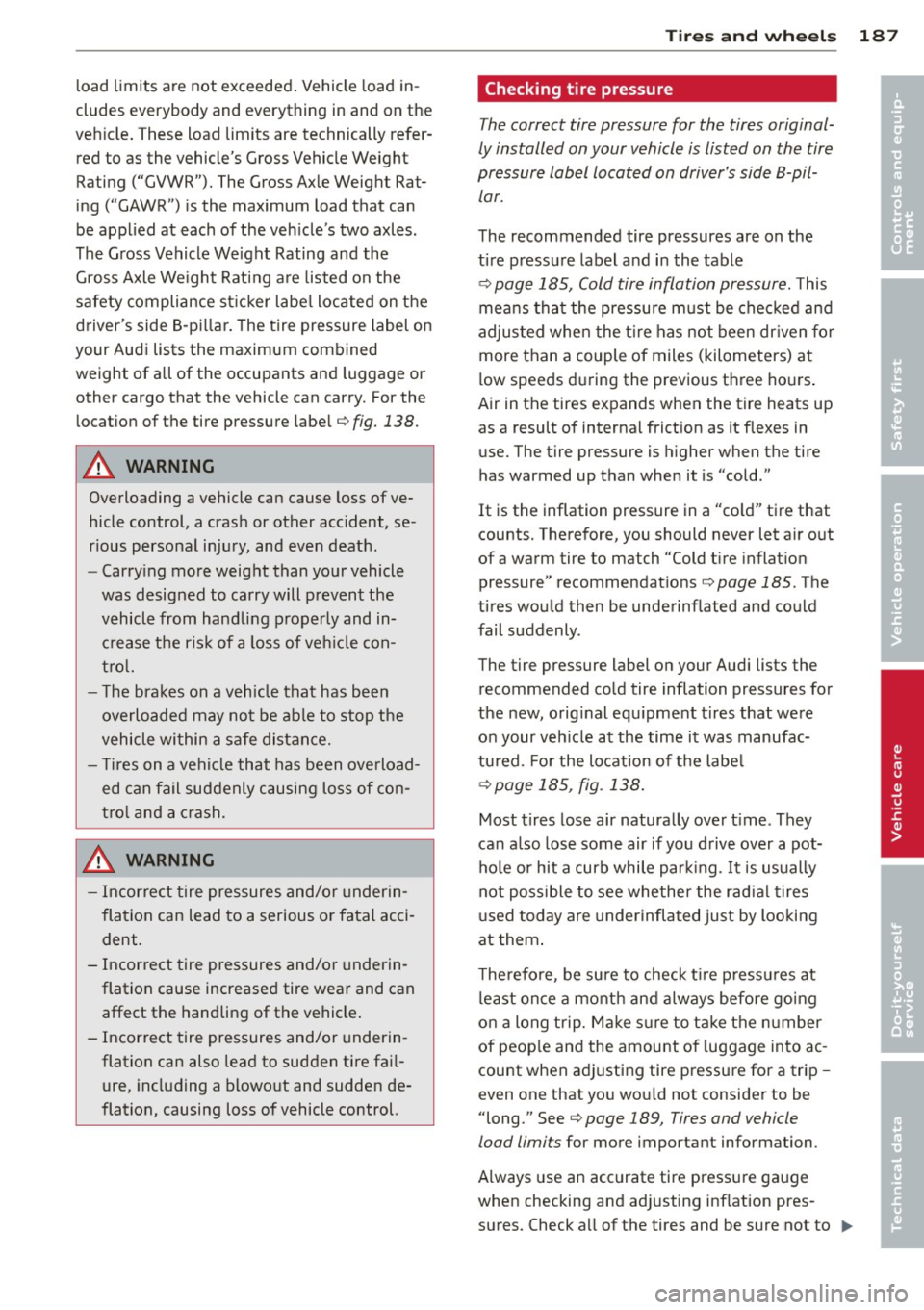
load limits are not exceeded . Vehicle load in
cludes everybody and everything in and on the
veh icle. These load limits are technically refer
red to as the vehicle's G ross Vehicle We ight
Rating ("GVWR") . The Gross Axle Weight Rat
ing ("GAWR") is th e ma ximum load that can
be ap plied at each of the veh icle's two axles .
The Gross Ve hicle We ight Rating and the
Gross Axle We igh t Rating a re listed on the
safety compliance st icker labe l located on the
d river's side 8-p illa r. T he tire pressure label on
your Audi lists the maximum combined weight of all of the occupants and luggage or
other cargo that the vehicle can carry. For the locat ion of the tire pressure label¢
fig. 138.
A WARNING
Overloading a vehicle can cause loss of ve
hicle control, a cras h or other accident, se
r ious personal inju ry, and even death.
- Carry ing more weight than your vehicle
was designed to carry will prevent the
vehicle from handling properly and in cr ease the ris k of a loss of veh icle con
t ro l.
- T he bra kes on a veh icle that has been
overloaded may no t be ab le to stop t he
vehicle within a sa fe distance.
- T ires on a vehicle that has been ove rload
ed can fail suddenly causing loss of con
t ro l and a c rash.
A WARNING
- Incorre ct ti re pressures and/or underin
fla tion can lead to a serious o r fata l acci
dent.
- Incorrect tire pressures and/or underin
flation cause increased tire wea r and can
affect the handling of the vehicle .
- Incorrect tire pressures and/or underin
flation can also lea d to sudden tire fa il
u re, incl uding a b lowo ut and sudden de
flation, causing loss of vehicle control.
Tire s an d wheel s 187
Checking tire pressure
The correct tire pressure for the tires original
ly installed on your vehicle is listed on the tire
pressure label located on driver's side 8-pil lar.
The recommended tire pressures are on the
ti re pressu re label and in the table
¢
page 185, Cold tire inflation pressure. This
mea ns tha t the pressu re m ust be chec ked and
adjus ted when the t ire has not been dr iven fo r
more than a couple of miles (kilometers) a t
low speeds d uring the previous three ho urs.
Air in the tires expands when the tire heats up
as a result of interna l frict ion as it flexes in
use. The tire pressure is higher when the tire
has warmed up than whe n it is "cold."
It is the inflation pressure in a "co ld" t ire that
counts. Therefore, you should never let a ir o ut
of a warm tire to match "Cold t ire inflat ion
pressure" recomme ndat io ns¢
page 185 . The
ti res wou ld then be underinflated and could
fail suddenly .
The tire pressure label on your Audi lists the recommended co ld tire inflation pressures for
the new, orig inal equ ipment tires that we re
on your veh icle at the time it was manufac
tured. Fo r the location of t he labe l
¢page 185, fig. 138.
Most tires lose air natura lly ove r time . They
can a lso lose some air if you d rive over a pot
hole or hit a curb while par king.
It is usually
not po ss ible to see whethe r the rad ia l t ires
u sed today are underinflated just by loo king
at them .
T he refore, be sure to check t ire p ressu res at
l east once a mo nth and a lways befo re goi ng
on a long t rip. M ake s ure to ta ke the n umber
of peop le and the amount o f luggage into ac
count when adjusting tire pressure for a trip -
even one that yo u wou ld not conside r to be
"long." See ¢
page 189, Tires and vehicle
load limits
for more important information .
A lways use an acc urate tire pressure ga uge
when checking and ad justing inflation pres
s u res. Check all of the tires and be sure not to ..,.
•
•
Page 190 of 244

188 Tire s and wheel s
forget the spare tire. If the pressure in any tire
is too high when the tire is "cold," let air out
of the tire slowly with the edge of the tire
ga uge and keep checking the pressure until
you reach the pressure that is correct for the
load (passengers and luggage) and kind of
driving you plan to do.
If the pressure in any tire is too low, note the
d ifference between the pressure in the cold
tire and the pressure you need and add the air
that you need to reach the correct pressure for
the vehicle load (passengers and luggage) for
the tires on your veh icle as listed on the on
your ve hicle and in this manua l and the kind
of dr iving you p lan to do .
Never exc eed th e maximum inflati on pres
sure listed on th e tir e s idewall for any rea
s on.
Remembe r that the vehicle manufacturer, not
the t ire manufactu rer, determ ines the correct
tire pressure for the t ires on your vehicle.
It is important to check the tire pressure when
the t ires a re cold .
- Read the requ ired tire press ure from the tire
pressure label located on driver's side B-pil
lar .
- Turn the valve stem cap counter-clockwise
to remove it from the tire valve.
- Place the air pressure gauge on the valve.
- The tire pressures sho uld only be checked
and adjusted when the tires are cold. The
slightly raised pressures of warm tires must
not be reduced.
- Adjust the tire pressure to the load you are
carrying.
- Re insta ll the valve stem cap on the valve.
Wh en should I check the tir e pr essure?
The correct tire pressure is espe cially impor
tant at high speeds . The pressure should
therefore be checked at least once a month
and a lways before starting a journey.
When should I ad ju st the tire pressures?
Adj ust the t ire p ressu re to the load yo u are
carry ing . After changing a wheel
or replacing whee
ls you have to adjust the tire p ressures
o n all whee ls. In addition, yo u m ust then initi
alize the new tire press ures in the t ire pres
s u re monitoring system¢
page 199.
A WARNING
Incorrect tire pressures and/or underinfla
tion can lead sudden tire fa ilure, loss of
control, collision, serious pe rsonal injury
or even death.
- When the warn ing symbol
RI] appears in
the instrument cluster, stop and inspect
the t ires.
- Incorrect tire pressure and/or underinfla
tion can cause increased tire wea r and
can affect the handling of the vehicle and
s topping ability.
- I nco rrect tire pressures and/or underin
f lation can a lso lead to s udden t ire fail
ure, including a blowout and su dden de
flation, ca using loss of veh icle cont ro l.
- The drive r is responsible for the co rrec t
tire pressures for all tires on the veh icle .
The applicable pressure values are loca t
ed on a sticker on the driver's side B -pil
lar.
- On ly when all tires on the vehicle are fil
led to the correct pressu re, the tire pres
sure mon itor ing system can work cor
rectly.
- The use of incorrect tire pressu re va lues
can lead to acc idents or other damage.
Therefore it is essential that the driver
observe the spec ified t ire pressure values
for the tires and the correct pressures for
the function of the t i re p ress ure monito r
ing system.
- Always inf late tires to the recommended
and correct t ire pressure before dr iv ing
off.
- Driving with unde rinf lated tires bend
mo re, letting them get too hot resulting
in tre ad separation, sudden tire failure
and loss of cont ro l.
- Excessive speed and/overloading can
cause heat b uild- up, sudden tire failure
and loss of cont ro l.
Page 191 of 244

-If the tire pressure is too low or too high,
the tires w ill wear prematurely and the
vehicle will not handle we ll.
- If the tire is not flat and you do not have
to change a wheel immed iate ly, drive at
reduced speed to the nearest service sta
t ion to check the tire pressure and add
air as required.
([) Note
Driving without va lve stem caps ca n cause
damage to the tire va lves . To prevent this ,
always make su re that facto ry installed
valve stem caps on all wheels a re secure ly
mounted on the va lve.
@ For the sake of the environment
Underinflated tires will a lso increase the
fue l consumption .
Tires and vehicle load limits
There are limits to t he amount of load or
weight that any veh icle and any t ire can carry.
A veh icle that is overloaded w ill no t handle
well and is more diff icult to stop. Overloading
can not on ly lead to loss of veh icle contro l,
but can a lso damage important parts of the
ve hicle and can lead to sudden tire failure, in
cluding a blowout and sudden deflation that
can cause the veh icle to crash .
Your safety and that of yo ur passengers a lso
depends on making sure that load limits are
no t exceeded. Vehicle load includes everybody
and everyth ing in and on the vehicle . These
load limits a re techn ica lly refer red to as the
ve hicle's
Gro ss Vehicl e W eight Rat ing
(" GVWR ").
T he "GVWR " includes the we ight of the basic
vehicle, all factory installed accesso ries , a full
tank of fue l, oil, coo lant and other fluids pl us
maximum load. The maximum load includes
the number of passengers th at the ve hicl e is
i ntended to carry ("seating capacity") with an
assumed weight of 150 lbs (68 kg) for eac h
passenger at a designated seating position
Tire s an d wheel s 189
and the total weight of any luggage i n the ve
hicle .
T he
Gro ss Ax le Weight Rating ( " G AWR ") is
the max imum load th at can be applied at each
of the vehicle's two axles .
T he Gross Vehicle Weight Rat ing and the
G ross Ax le Weig ht Ra ting are l iste d on the
s af ety comp liance s ticke r label lo cated on the
driver's side 8-pillar . Your Audi has 2 seating
positions. Each seating position has a safety
belt ~
page 101, Safety belts.
The fac t that there is an upper limit to yo ur
vehicle's G ross Vehicle Weight Rating means
that the total weight of whatever is being car ried in the vehicle is lim ited . The more passen
gers in the vehicle or passengers who are
heavier than the standard we ights assumed
mea n that less we ight can be carried as lug
gage .
The tire pressure label on your Audi also lists
the maximum combined weight of a ll of the
occupants and luggage or other cargo that
t h e ve hicle can ca rry . Fo r th e locat ion of the
label
~ page 185, fig . 138 .
_&. WARNING
Overloading a veh icle can cause loss of ve
h icl e co ntro l, a crash or o ther accide nt, se
rio us pe rsonal inj ury, and even dea th.
- Ca rrying more we igh t tha n your ve hicle
was des igned to carry wi ll prevent the
veh icle from handling properly an d in
crease the risk of the loss of vehicle con
trol.
- T he b rakes on a vehicle that has been
overloaded may not be able to stop the
veh icle w ith in a safe distance .
- Tires on a vehicle that has been over load
ed can fail suddenly, incl uding a blowo ut
and sudden deflation, causing loss of
control and a crash.
•
•
Page 192 of 244

190 Tires and wheels
Determining correct load limit
Use the example below to cal
culate the total weight of the
passengers and luggage or oth
er things that you plan to trans
port so that you can make sure
that your vehicle will not be overloaded.
Steps for Determining
Correct Load Lim it
1 . Locate the statement "THE
COMB INED W EIGHT OF OC
CUPANTS AND CARGO
SHOULD NEVER EXCEED XXX KG OR XXX LBS"on your vehi
cle's placard (tire inflation
pressure label) ¢
page 185,
fig. 138.
2.
Determ ine the comb ined
weight of the driver and pas
sengers that will be riding in
your vehicle .
3. Subtract the combined weight of the dr iver and pas
sengers from
"XXX " kilo
grams or
"XXX" pounds
shown on the sticker
¢ page 185, fig . 138 .
4. The resulting figure equals
the available amount of cargo and luggage load capaci
ty . F or examp le, if the "XXX"
amount equals 1400 lbs. and there will be five 150
lbs . passengers in your vehi
cle, the amount of available
cargo and luggage load ca pacity is 650 lbs . (1400 -750
(5
X 150) = 650 lbs .)
5 . D etermine the combined
weight of luggage and cargo be ing loaded on the vehicle.
That we ight may not safely
exceed the available cargo
and luggage load capacity
calculated in Step
4 .
6. If your vehicle will be towing
a trailer, load from your trail
er will be transferred to your
vehicle . Consult this manual
to determine how this re
duces the available cargo
and luggage load capacity of
your vehic le .
... Chec k the tire sidewall
(¢ page 192, fig. 142) to de
termine the designated load rating for a specific tire .
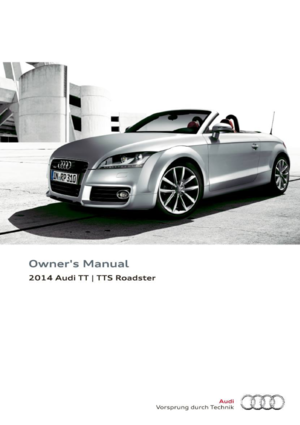 1
1 2
2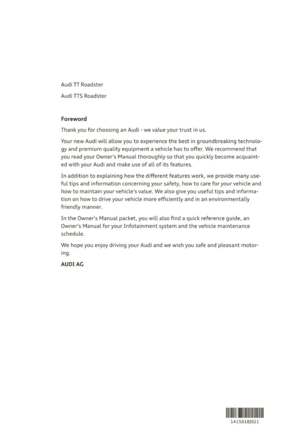 3
3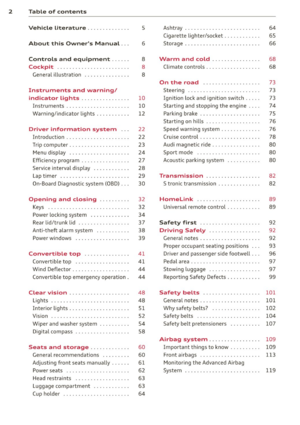 4
4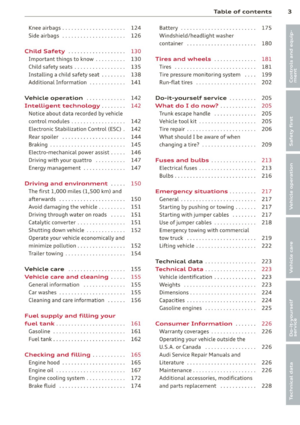 5
5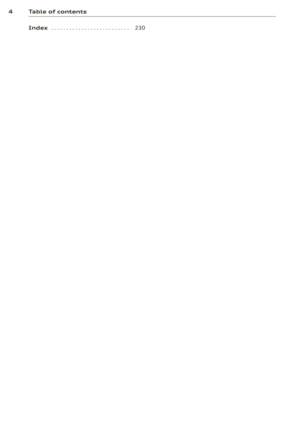 6
6 7
7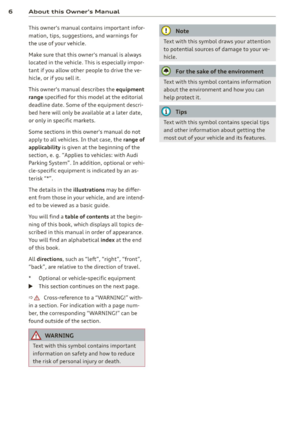 8
8 9
9 10
10 11
11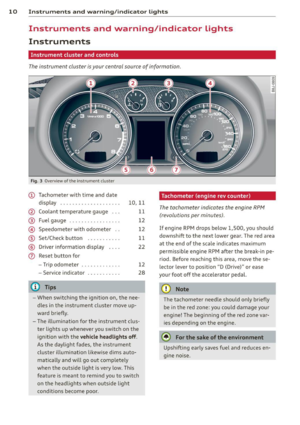 12
12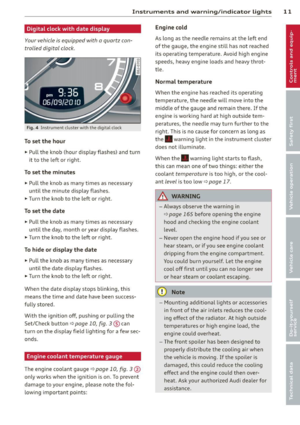 13
13 14
14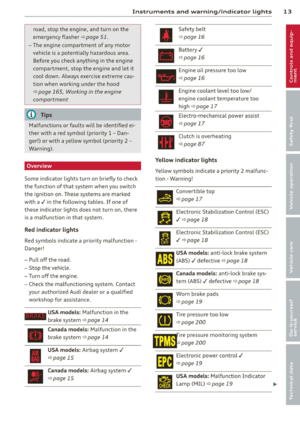 15
15 16
16 17
17 18
18 19
19 20
20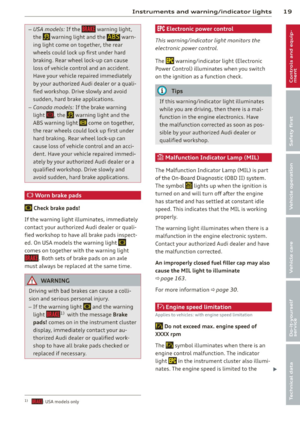 21
21 22
22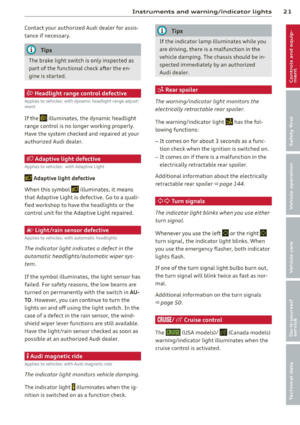 23
23 24
24 25
25 26
26 27
27 28
28 29
29 30
30 31
31 32
32 33
33 34
34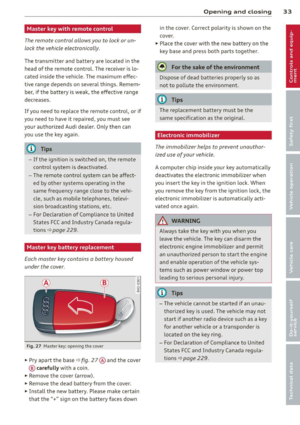 35
35 36
36 37
37 38
38 39
39 40
40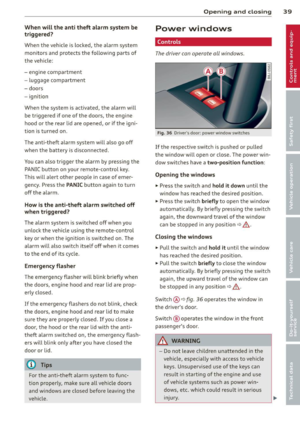 41
41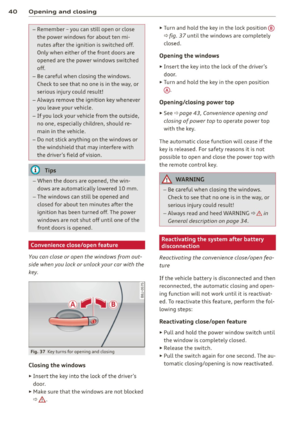 42
42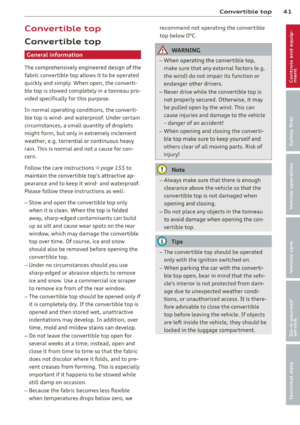 43
43 44
44 45
45 46
46 47
47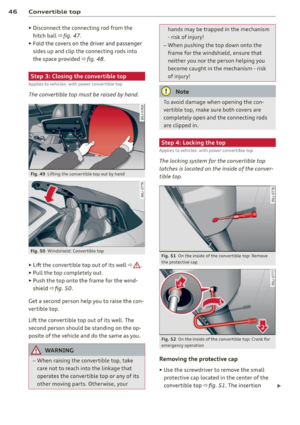 48
48 49
49 50
50 51
51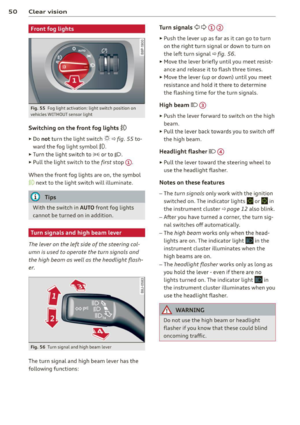 52
52 53
53 54
54 55
55 56
56 57
57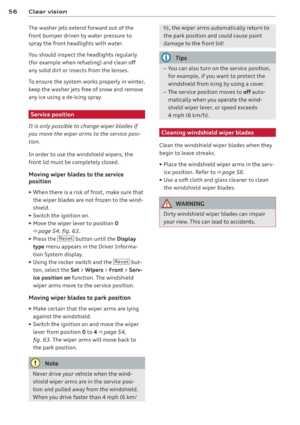 58
58 59
59 60
60 61
61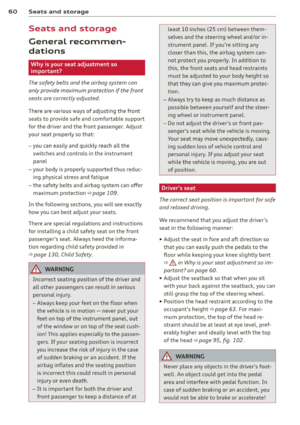 62
62 63
63 64
64 65
65 66
66 67
67 68
68 69
69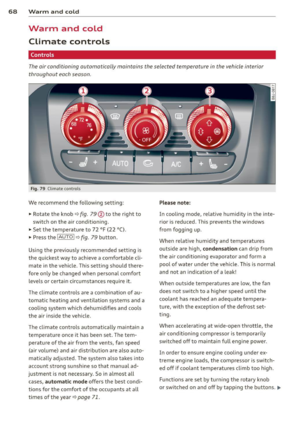 70
70 71
71 72
72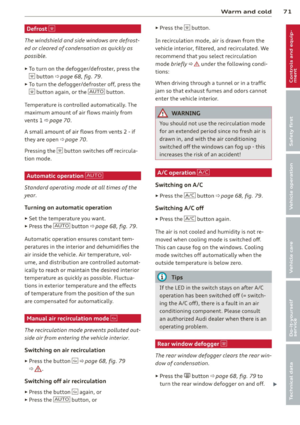 73
73 74
74 75
75 76
76 77
77 78
78 79
79 80
80 81
81 82
82 83
83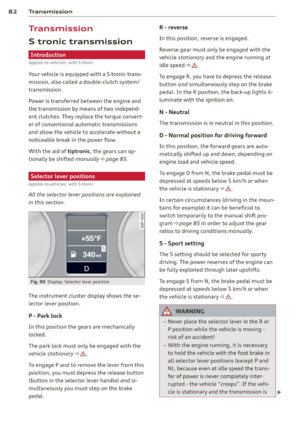 84
84 85
85 86
86 87
87 88
88 89
89 90
90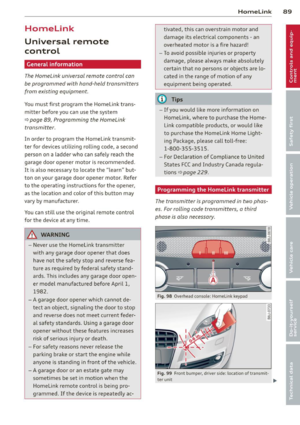 91
91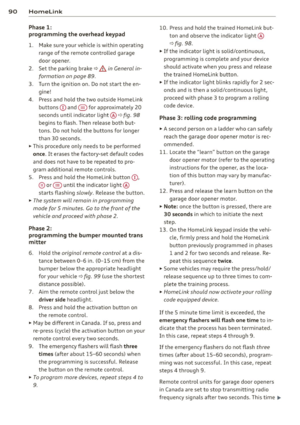 92
92 93
93 94
94 95
95 96
96 97
97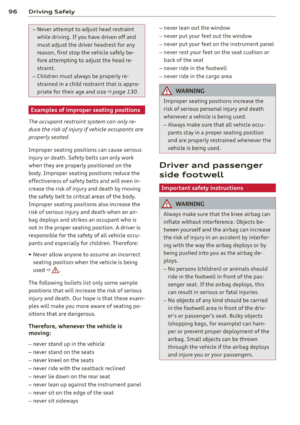 98
98 99
99 100
100 101
101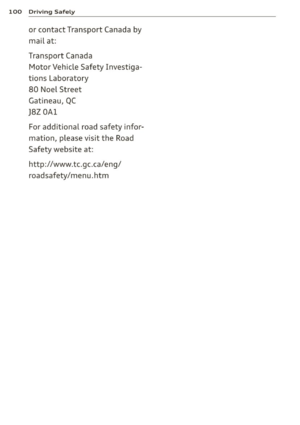 102
102 103
103 104
104 105
105 106
106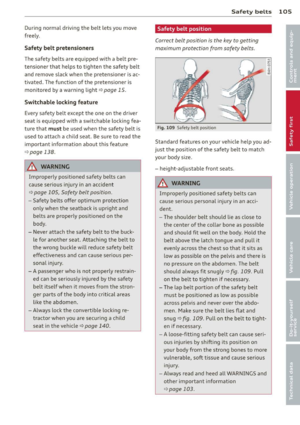 107
107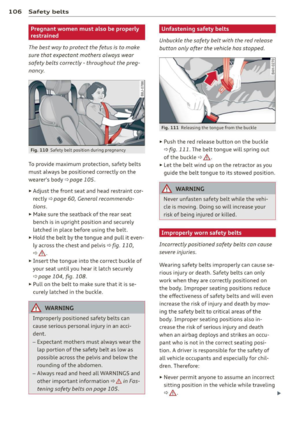 108
108 109
109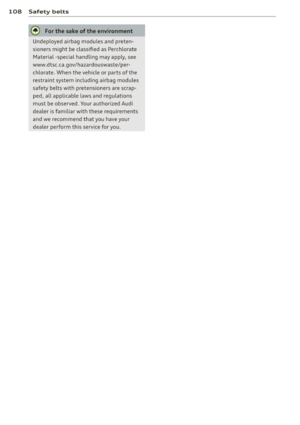 110
110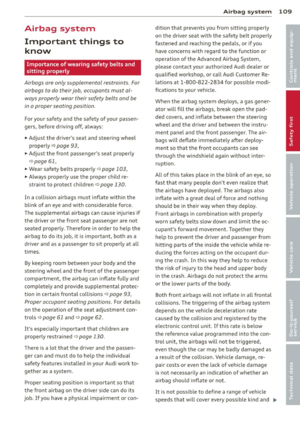 111
111 112
112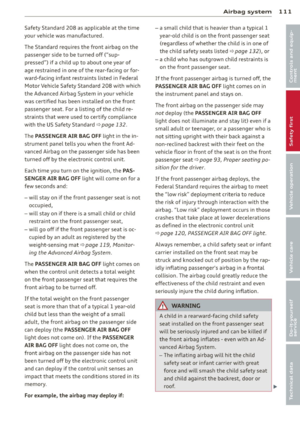 113
113 114
114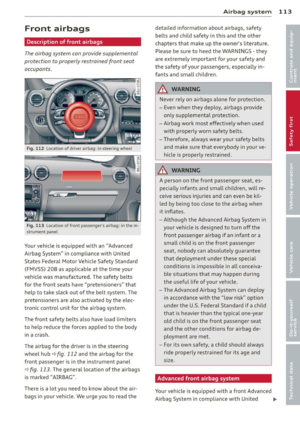 115
115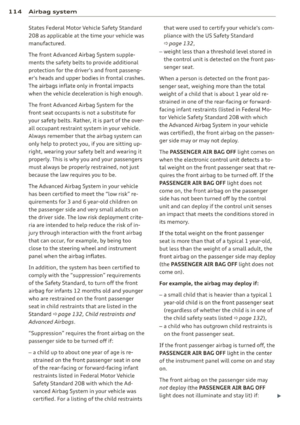 116
116 117
117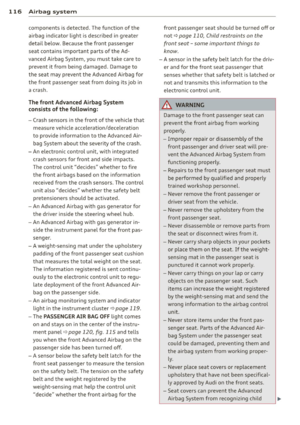 118
118 119
119 120
120 121
121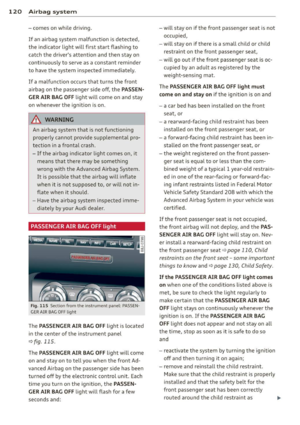 122
122 123
123 124
124 125
125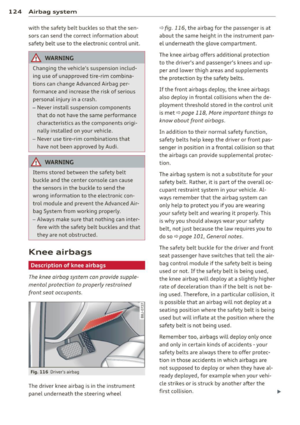 126
126 127
127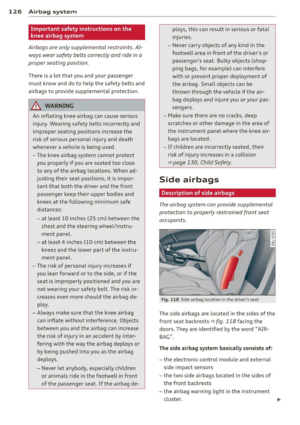 128
128 129
129 130
130 131
131 132
132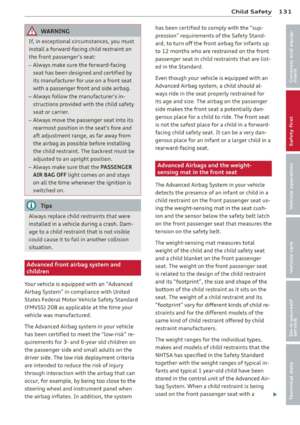 133
133 134
134 135
135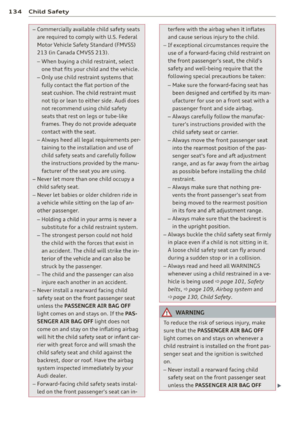 136
136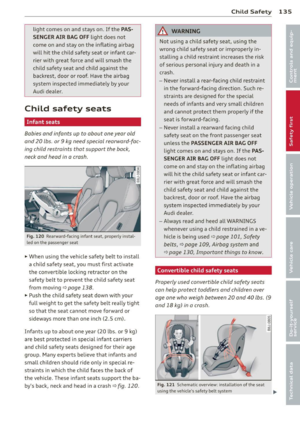 137
137 138
138 139
139 140
140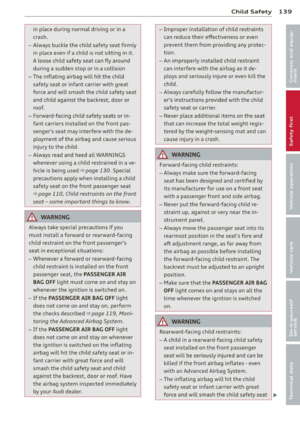 141
141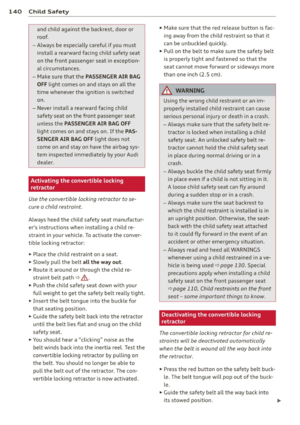 142
142 143
143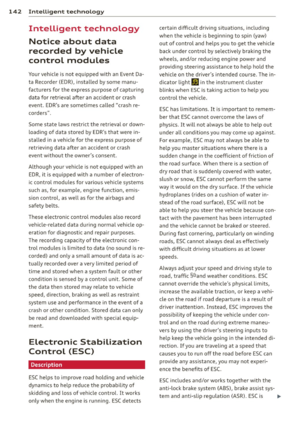 144
144 145
145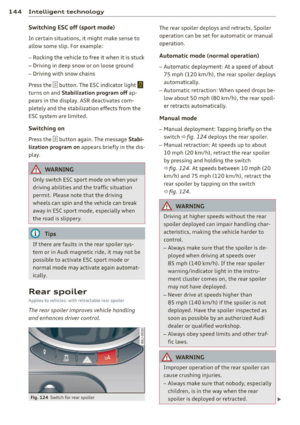 146
146 147
147 148
148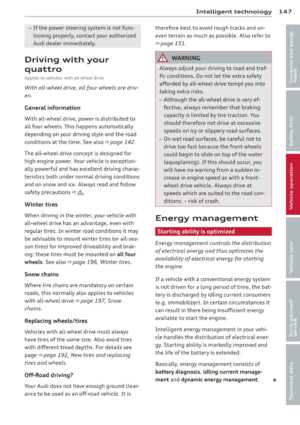 149
149 150
150 151
151 152
152 153
153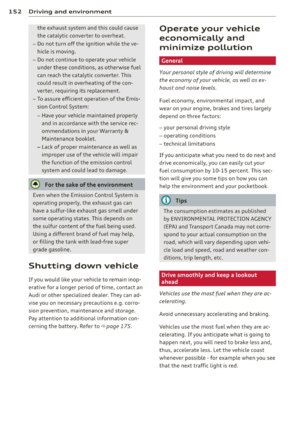 154
154 155
155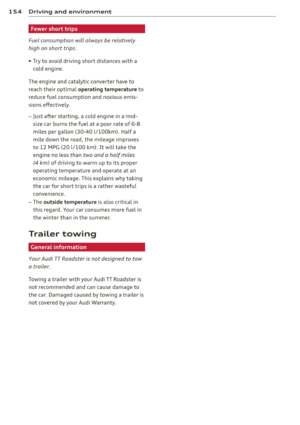 156
156 157
157 158
158 159
159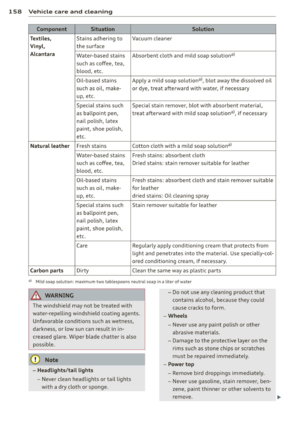 160
160 161
161 162
162 163
163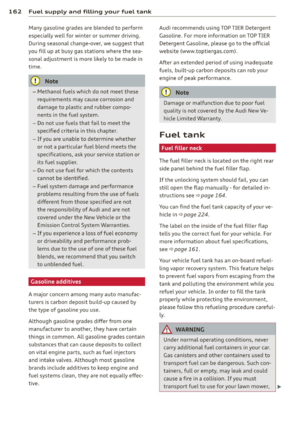 164
164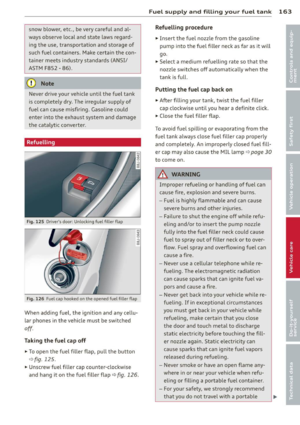 165
165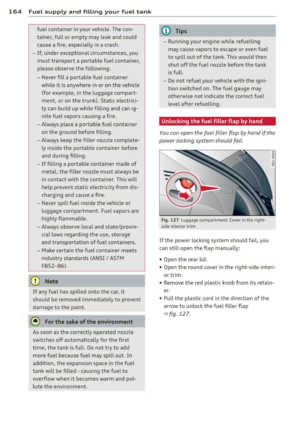 166
166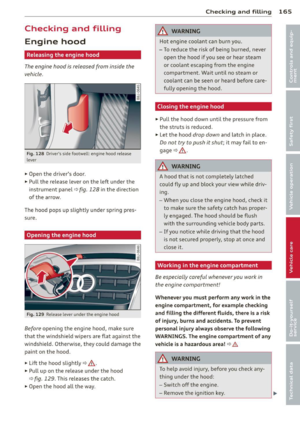 167
167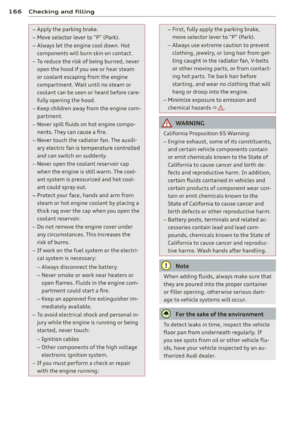 168
168 169
169 170
170 171
171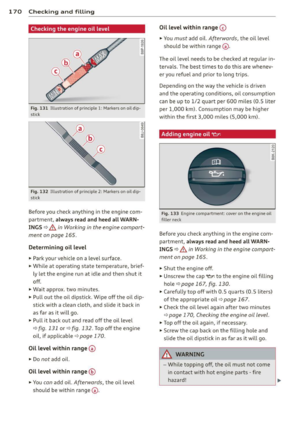 172
172 173
173 174
174 175
175 176
176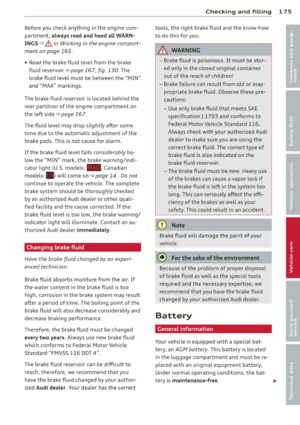 177
177 178
178 179
179 180
180 181
181 182
182 183
183 184
184 185
185 186
186 187
187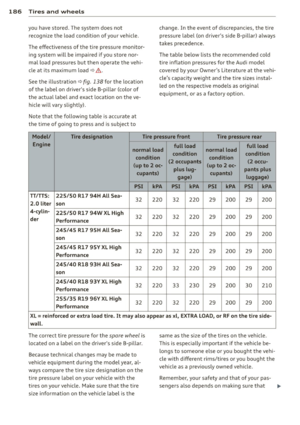 188
188 189
189 190
190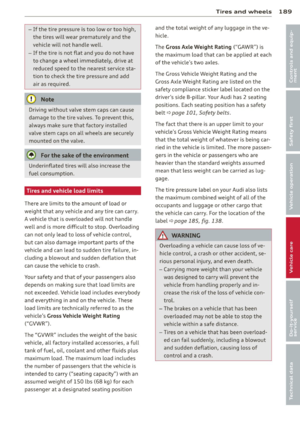 191
191 192
192 193
193 194
194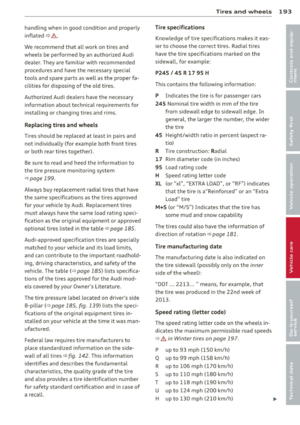 195
195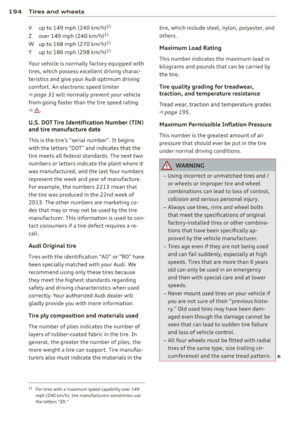 196
196 197
197 198
198 199
199 200
200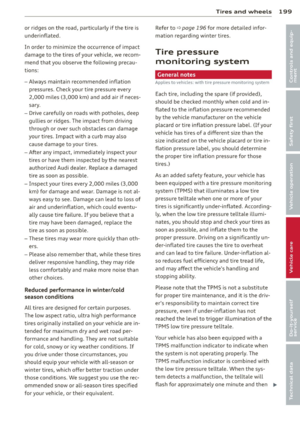 201
201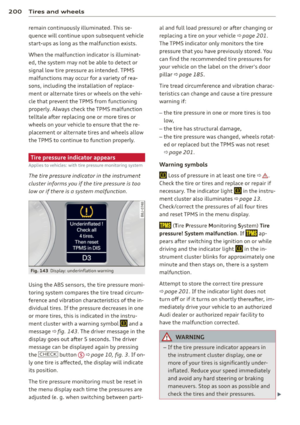 202
202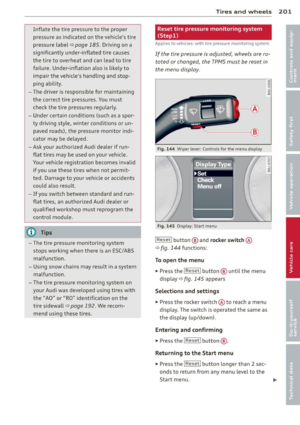 203
203 204
204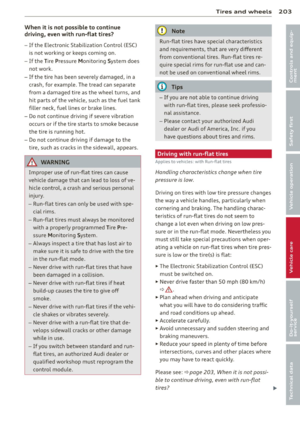 205
205 206
206 207
207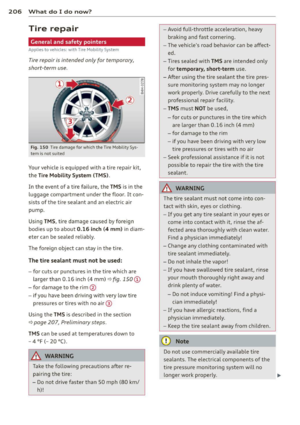 208
208 209
209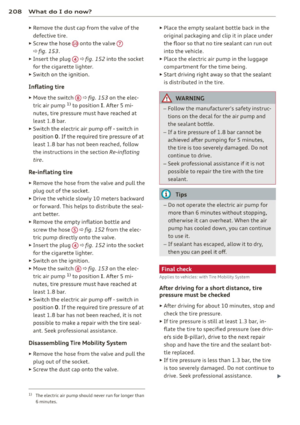 210
210 211
211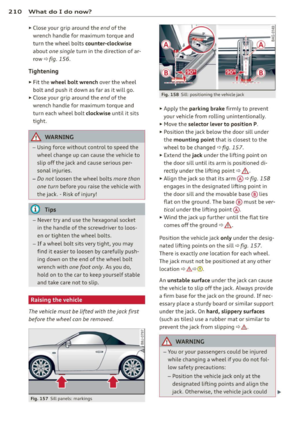 212
212 213
213 214
214 215
215 216
216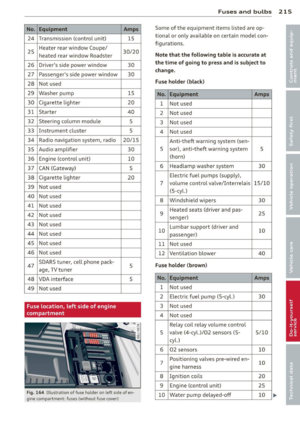 217
217 218
218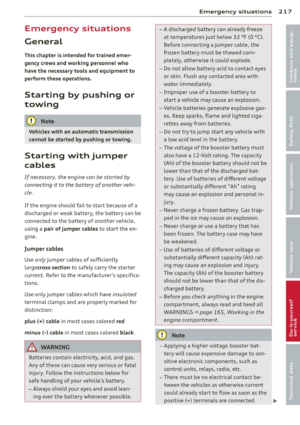 219
219 220
220 221
221 222
222 223
223 224
224 225
225 226
226 227
227 228
228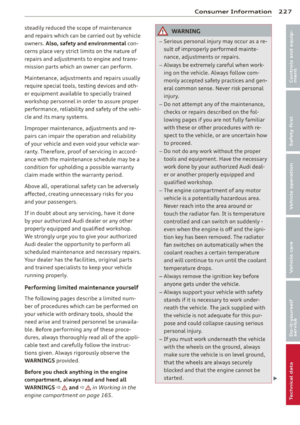 229
229 230
230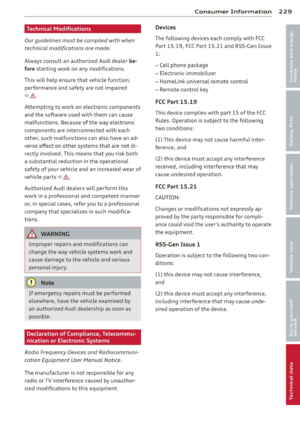 231
231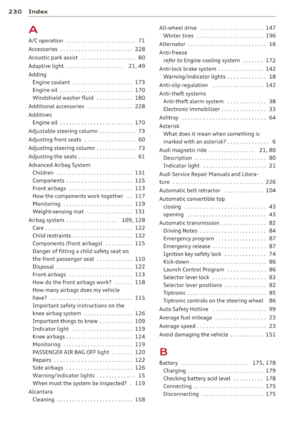 232
232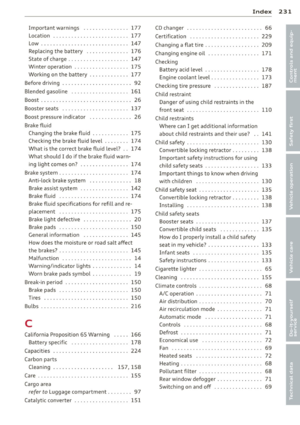 233
233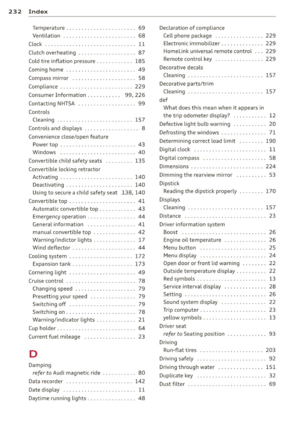 234
234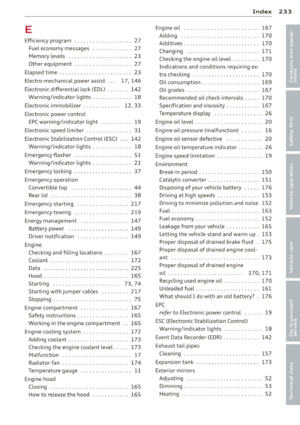 235
235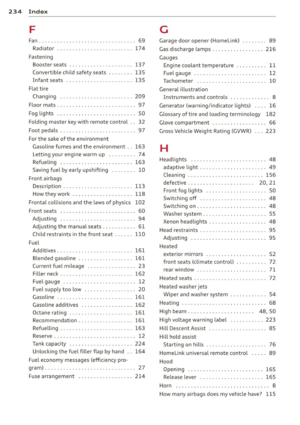 236
236 237
237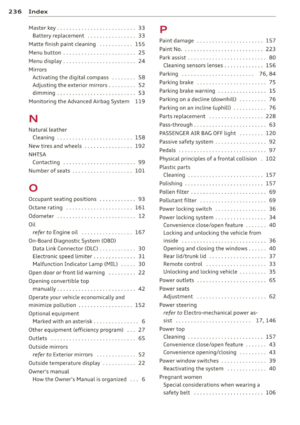 238
238 239
239 240
240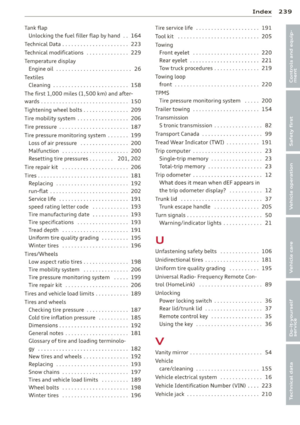 241
241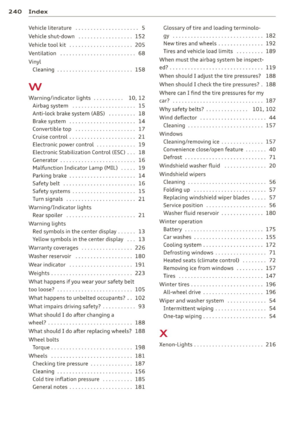 242
242 243
243






